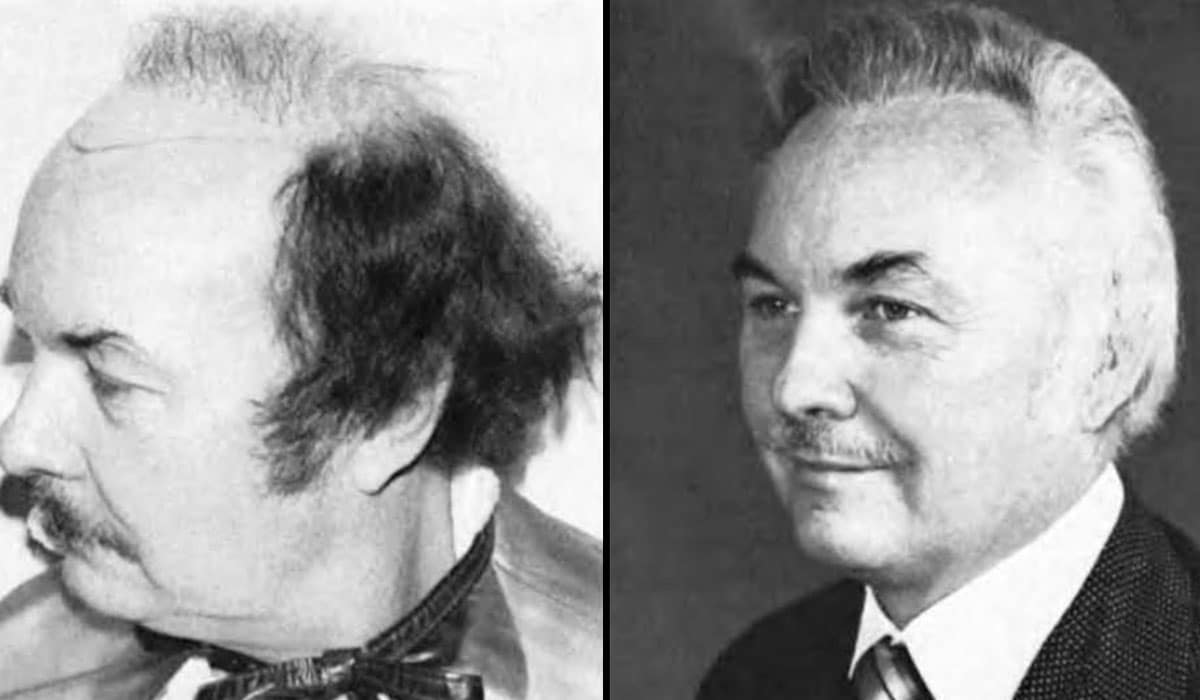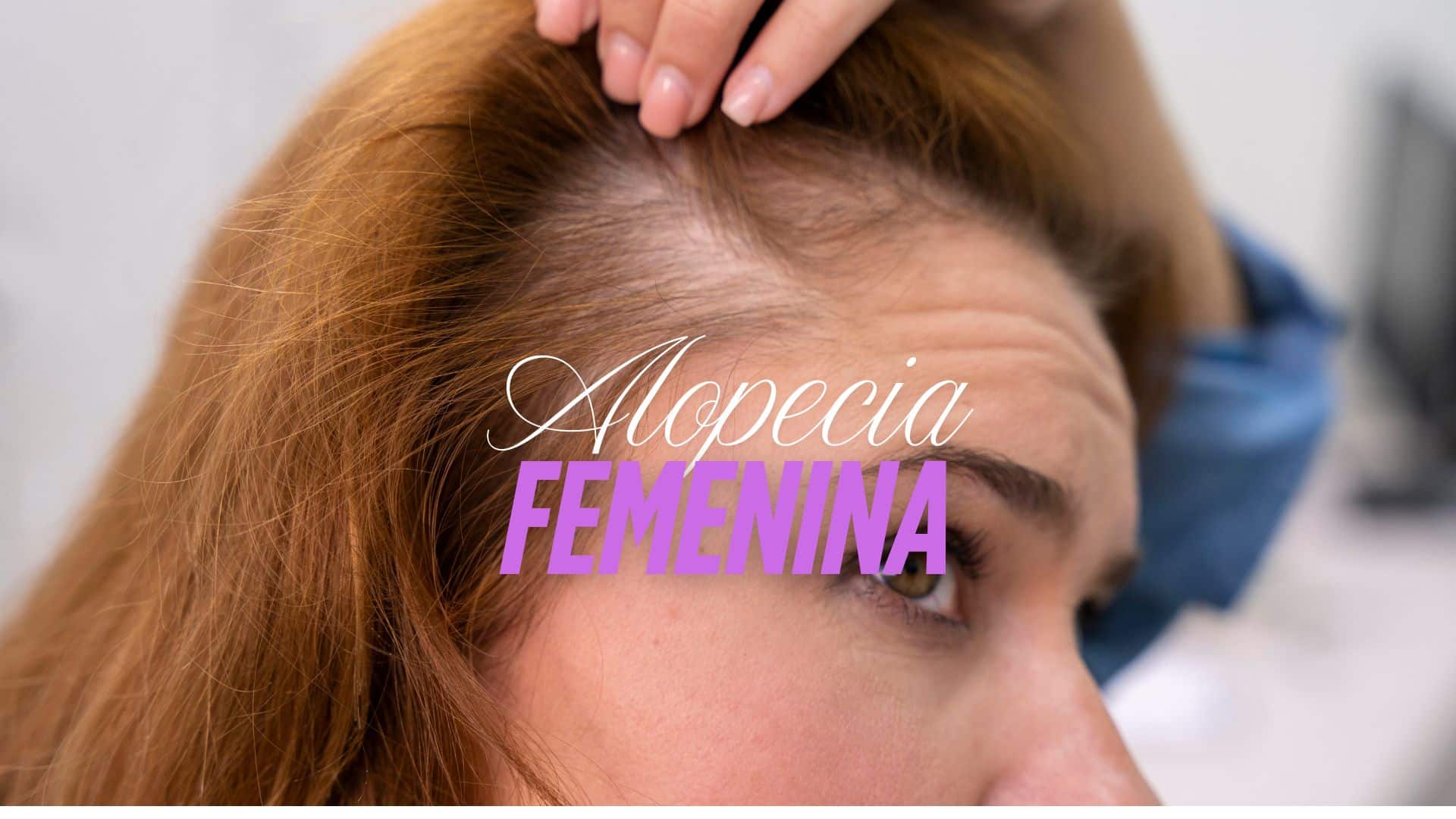
HISTORY OF THE HAIR TRANSPLANT
Hair loss has been a concern for people throughout history, and many attempts have been made to find a solution. Hair transplantation is a relatively modern method for treating hair loss, but its roots go back centuries. In this blog, we will take a closer look at the history of hair transplantation and how it has evolved over time.
Early Attempts at Hair Transplantation
The first documented attempt at hair transplantation dates back to the 18th century, when a German surgeon named Johann Dieffenbach performed a hair transplant on a patient who had sustained scalp injuries in a fire. Dieffenbach transplanted hair from the patient’s leg to their scalp, but the procedure was not successful.
In the early 20th century, Japanese dermatologist Dr. Okuda developed a method of using small grafts of hair to treat hair loss. He used hair from the patient’s scalp and transplanted it into bald areas, resulting in a natural-looking hairline. However, his method did not gain widespread acceptance until many years later.
Modern Hair Transplantation Techniques
In the 1950s and 60s, hair transplantation began to gain popularity in the Western world. New techniques were developed that involved transplanting small plugs of hair from the donor area to the recipient area. These plugs contained multiple hair follicles, which made the hairline appear unnaturally dense and gave the procedure a patchy appearance.
In the 1980s, Dr. Robert Bernstein developed a new technique called follicular unit transplantation (FUT). This method involves removing a narrow strip of skin from the donor area and dissecting it into tiny, individual hair follicle units. These units are then transplanted into the recipient area, resulting in a more natural-looking hairline and a less noticeable scar.
In the 1990s, Dr. Robert Limmer developed a variation of the FUT technique called follicular unit extraction (FUE). This method involves removing individual hair follicles from the donor area using a small, circular punch tool. The follicles are then transplanted into the recipient area, resulting in a less noticeable scar and faster healing time.
Today, hair transplantation is a common and effective treatment for hair loss, with millions of procedures performed worldwide each year. Modern techniques like FUT and FUE have made hair transplantation a minimally invasive procedure with minimal downtime and natural-looking results.
ABOUT DHI
Since its creation, the DHI technique has further evolved and improved thanks to technology. Today, automated implantation devices are used that allow greater speed and precision in the implantation of hair follicles.
With the DHI technique, the angle and direction of each transplanted hair can be controlled more precisely and damage to the follicular units can be avoided during the extraction and implantation process. In addition, this technique allows for a faster and less invasive recovery process.
In short, the DHI technique is an innovative hair transplant technique that has revolutionized the field of hair restoration surgery. Thanks to this technique, many people have been able to recover their hair safely and effectively.
Hair transplantation has come a long way since its early attempts in the 18th century. Today, it is a safe and effective treatment for hair loss that can help people regain their confidence and a full head of healthy hair. As technology and techniques continue to evolve, it is likely that hair transplantation will become even more refined and effective in the future.
If you are worried about the way your hair has been falling out, contact us at DHI Panama, you can have a free online consultation through WhatsApp 6349-5550; by filling out our contact form or writing to the chat on the website.





